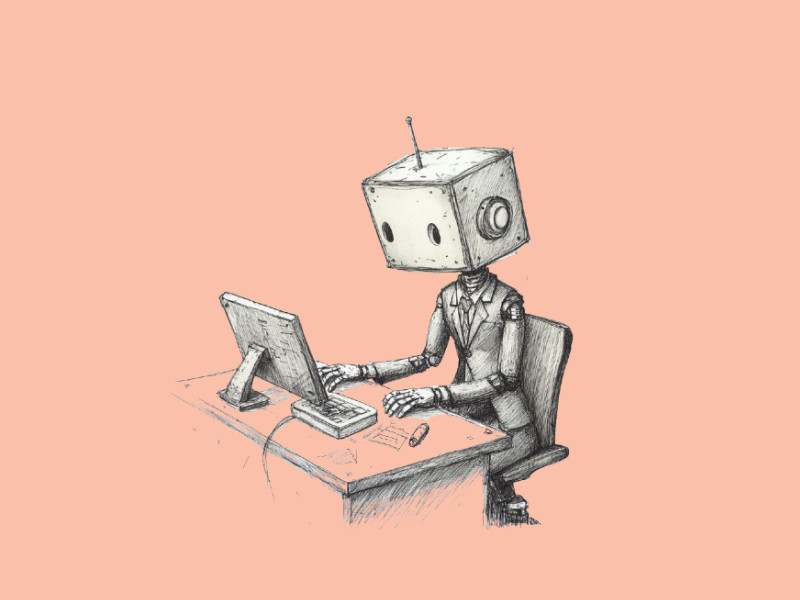Calvin French-Owen, a seasoned startup founder and former Segment co-founder, just shared a behind-the-scenes look at his year at OpenAI, and it’s eye-opening.
He didn’t leave in frustration.
There was no dramatic fallout.
Instead, he simply missed building from scratch.
But what he did share about OpenAI’s culture, product-building speed, and internal chaos reads like a peek into a tech company still figuring itself out – at 3,000 employees.
Let’s break it down.
Growing Fast, Breaking Faster
Yes, you read that right. OpenAI tripled in size in just 12 months.
With ChatGPT attracting more than 500 million monthly active users, it makes sense. But that kind of growth? It comes with a mess.
“Everything breaks when you scale that quickly,” French-Owen wrote.
From team communication to hiring, product shipping, and even internal systems – everything was stretched thin.
You had experienced Google engineers sitting beside fresh PhDs. The result? Brilliant ideas.. but also duplicated work and spaghetti code.
Inside the Codex Sprint
French-Owen’s team, made up of engineers, researchers, designers, and a go-to-market crew, built Codex, OpenAI’s new coding assistant, in just seven weeks.
That’s less than two months.
- No long meetings.
- Barely any red tape.
- Almost no sleep.
But the payoff? Huge.
Codex launched straight into the ChatGPT sidebar and took off instantly.
“I’ve never seen a product get so much immediate uptick just from appearing in a left-hand sidebar,” he said.
Startups Vibes, Big Company Problems
Despite being one of the most watched companies in the world, OpenAI still runs like an early-stage startup.
They use Slack for everything.
Teams often build similar tools without knowing. And their central backend? Let’s just say it’s messy.
Imagine this:
- Half a dozen internal libraries doing the same thing
- A “back-end monolith” full of Python code from multiple teams
- Tools breaking or slowing down frequently
Top managers know it, though. And they’re working on fixes.
Building Under Pressure And the Public Eye
OpenAI doesn’t just deal with users.
It deals with governments, regulators, competitors, and Twitter.
Yes, Twitter (or X) plays a big role in how the company responds publicly.
“A friend of mine joked, ‘This company runs on Twitter vibes,’” French-Owen shared.
To prevent leaks, OpenAI has become more secretive internally.
But the irony? They still watch social media closely and adjust based on viral posts.
The Real Story on AI Safety
French-Owen pushed back against the idea that OpenAI ignores safety.
Sure, critics say the company is moving too fast.
But inside the company, safety isn’t an afterthought. It’s woven into everything.
Here’s what they’re actively working to prevent:
- Hate speech
- Prompt abuse
- Political manipulation
- Bioweapon design
- Self-harm or mental health risks
- Prompt injection attacks
At the same time, OpenAI is looking at the big-picture stuff too – like long-term existential risk – just with a more grounded, step-by-step approach.
“The stakes feel really high,” he said. And they are.
Real Takeaways From the Blog Post
Here’s what Calvin’s insights tell us:
| Insight | Why It Matters |
|---|---|
| Chaos comes with scale | OpenAI is still adapting to its rapid growth |
| Speed wins | Codex launched fast and got instant traction |
| Safety is a priority | The company tackles real-world risks, not just theory |
| Culture still scrappy | Despite its size, OpenAI moves like a startup |
| Twitter plays a role | Public sentiment influences internal action |
Why This Matters for Everyone in Tech
If you’re in tech, Calvin’s blog is a reminder that even the biggest names are figuring it out on the fly.
Whether you’re building a startup, using ChatGPT, or watching the AI arms race unfold – this inside look at OpenAI shows just how high the stakes are.
And how fast things are moving.

